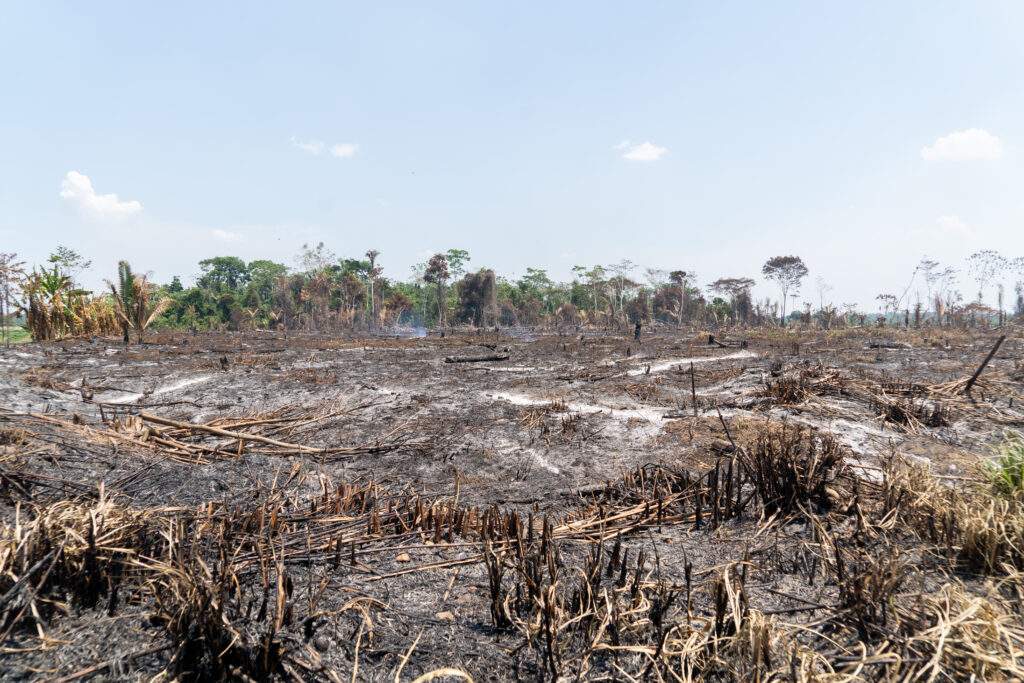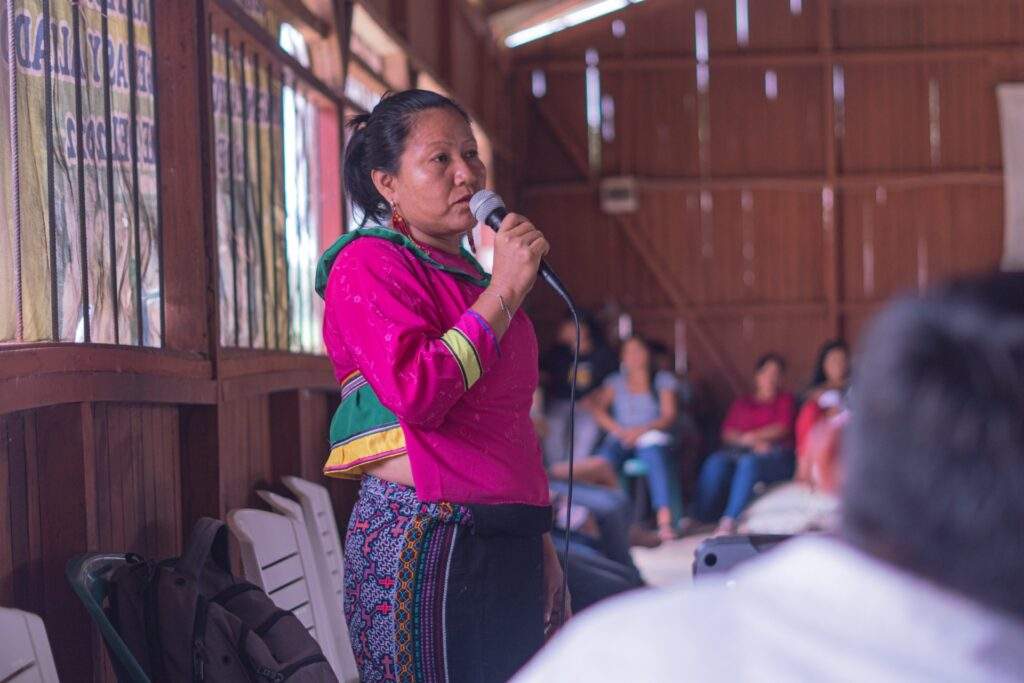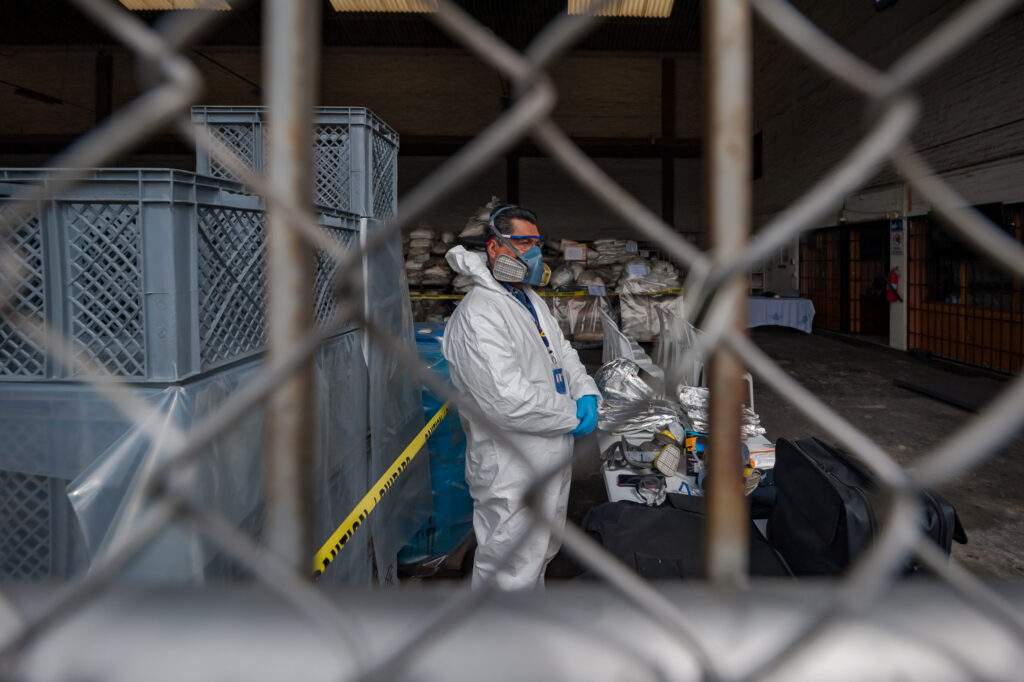Environmental issues have gained prominence within drug policy and are now a key element of the initiatives promoted by COPOLAD III. From chemical waste management to strengthening prosecutorial bodies and early warning systems, the environmental approach underpins numerous actions at both regional and national levels.
The 2024 World Drug Report by the United Nations Office on Drugs and Crime (UNODC) explicitly recognises the serious environmental harm caused by illicit drug trafficking. The 2023 edition of the report had already dedicated an entire chapter to the link between drugs and environmental crimes in the Amazon—an essential region for the planet’s ecological balance.
In the same vein, a recent resolution by the United Nations Commission on Narcotic Drugs highlights the negative environmental impacts of illicit drug-related activities. The global debate is gaining momentum, with Latin America and the Caribbean playing a central role in this conversation.
“Silent Destruction”: Evidence on Environmental Impacts
Through COPOLAD III and within the framework of the Coordination and Cooperation Mechanism on Drugs between the EU and CELAC, research has been conducted into how both drug trafficking and certain drug enforcement policies are causing severe environmental damage.
In 2024, the study “Silent Destruction: Environmental Impacts of Drug Trafficking and State Responses in Latin America and the Caribbean” was launched. It provides an in-depth analysis of the environmental effects of the illegal drug economy. In 2025, a second part of this report is being developed, focusing on state capacities for identifying environmental impacts and implementing mitigation strategies in Brazil, Colombia, and Peru. A practical “toolbox” will also be designed to support the implementation of these strategies.
Environmentally Friendly Alternatives to Illicit Crops
The coca crops and cannabis in natural environments causes significant environmental harm: accelerated deforestation, monocultures, contamination with agrochemicals, and a high carbon footprint. Many of these crops are grown in protected natural reserves inhabited by Indigenous peoples.
COPOLAD III promotes sustainable alternatives through webinars, technical guides, and alternative development consultancies (DAIS). Tools within this approach include Payments for Environmental Services (PES), agroforestry, and the sustainable management of alternative crops. The goal is to reduce environmental harm and offer viable livelihood alternatives for affected communities.
Protecting Nature Defenders
One of COPOLAD III’s most innovative projects is based in the Amazonian region of Ucayali, Peru, where a community- and environmentally-focused Innovation Lab has been implemented. For two years, technical teams have worked hand in hand with the local community of Flor de Ucayali, developing technological tools to detect illicit activities and establish response protocols that protect both people and ecosystems.
The aim is to curb the expansion of drug trafficking, which often involves land grabbing and environmental degradation through the transport of goods and illegal occupation of territory.
New Tools for Prosecutors
The legal component has also evolved. The AIAMP Networks of Drug and Environmental Prosecutors have requested technical assistance from COPOLAD III to carry out a regional diagnosis. This work seeks to understand how Public Prosecutors’ Offices across Latin America are addressing—or failing to address—the environmental damage linked to drug trafficking. The findings will lead to a set of recommendations for coordinated action between environmental and drug-related prosecutorial units.
Chemical Precursors: Environmental Challenges
The management and destruction of chemical substances used in drug production is a key responsibility of drug agencies and monitoring systems. These chemicals are often toxic and hazardous to both the environment and human health, making proper disposal protocols essential.
COPOLAD III has developed guides and manuals in seven countries to raise awareness and disseminate best practices for handling these substances.









